There are more than 200 different types of spider plants (Chlorophytum comosum), however they can be grouped depending on their characteristics. The primary distinctions between them may be seen in the color and pattern of the leaves. Depending on where you wish to put it, you might prefer one spider plant to the other. Discover Some Spider Plant Stunning Varieties
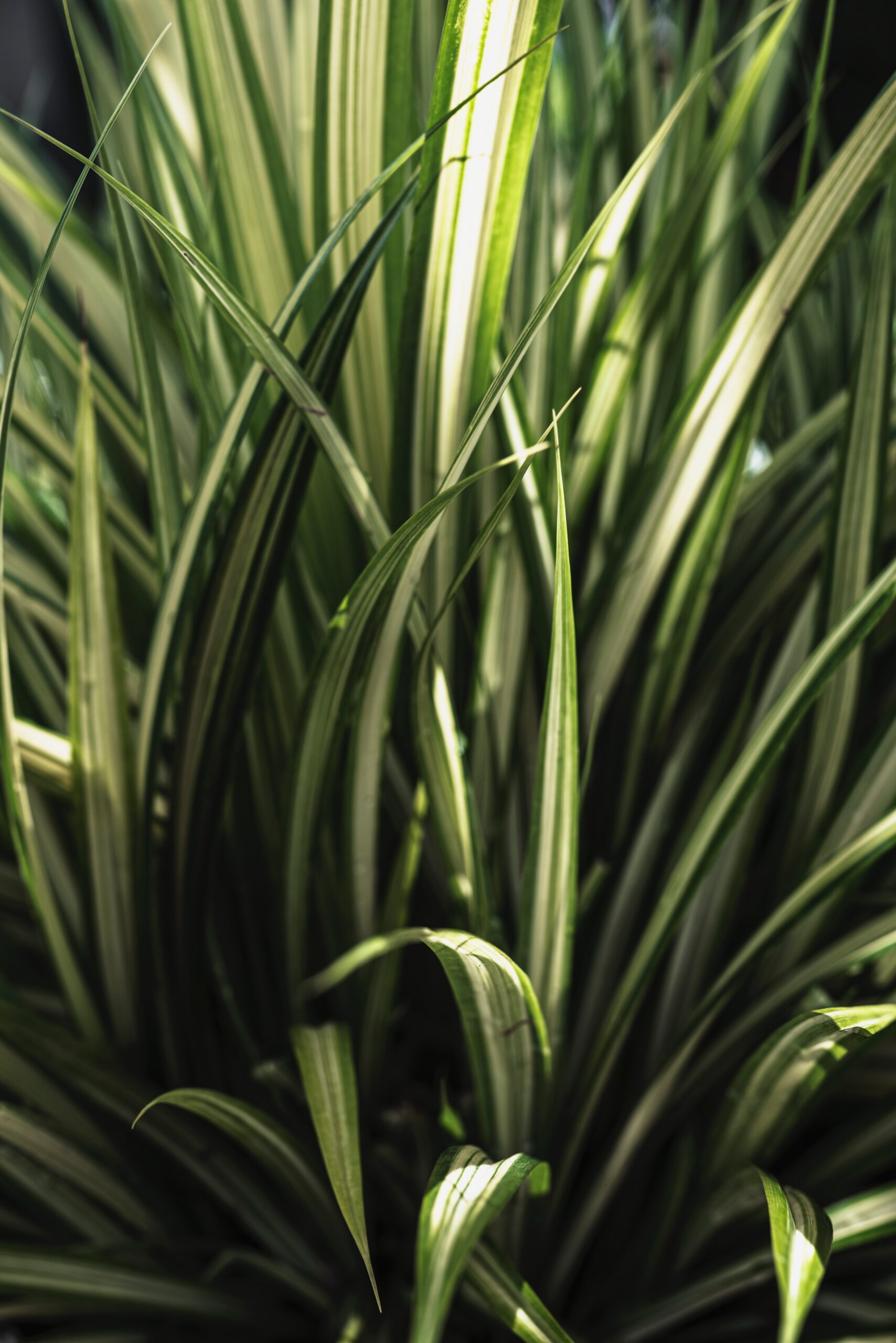
Spider plants also exist in a variety of hues and forms. The popular varieties of Spider Plants include Bonnie, Hawaiian, Zebra, Capense, Reverse, Bichetii, and Variegated. The three varieties of spider plants are variegated, non-variegated, and curly.
Spider plants have received official NASA certification for filtering indoor air and removing 90% of airborne contaminants. It’s a great chance to stock up on a few different types for your house!
To help you decide, we have provided a list of some of the more popular spider plant varieties in this article.
Spider Plant General Overview
Have you ever wondered why these plants are called spiders? The term “spider plants” comes from the fact that its “pups” resemble a spider’s body. Off the stems of these plants grow white blooms. The most distinctive characteristic of these unusual plants is that their blossoms only bloom in the summer. The spider plants occupy space and keep your home’s interior green, while other plants lose their leaves and blooms.
RELATED: What are the Causes and Solutions for Spider Plant Brown Tips?
They were ground coverings in the tropical rainforest before these spider plants made their way into our houses in the 19th century. They originated in South Africa before becoming widespread around the world. Spider plants, which are most famous for their beautiful leaves, help to improve indoor air quality while adding a touch of greenery to the interiors of your home. The name is ominous!
Are Spider Plants Easy To Care For?
These plants, however, are remarkably stress-free. Most spider plants require less of your attention. They can adapt to any environment, provide your home with the desired appearance of greenery, and have very few problems. If you enjoy indoor or window plants, try growing spider plants.
RELATED: How To Propagate A Spider Plant: What You Need To Know
Since they are so simple to grow, spider plants have endured the test of time. Check out the instructions for proper plant maintenance if you plan to purchase some spider plants for your home. They can be pretty picky about what they want, but they don’t require much of your attention. It can endure both bright and low-light conditions.
In general, hanging baskets are the best place to cultivate spider plants because of their long leaves’ propensity to arch over the edge and carry tiny plantlets.
Spider Plant Categories
Spider plants come in more than 200 different varieties (Chlorophytum comosum). Therefore, identifying common differences among the 200 distinct Chlorophytum varieties can be challenging. However, because this plant can adapt to practically any circumstance, it is straightforward to grow indoors and outdoors. It is one of the most well-liked indoor plants because of this.
There aren’t many changes between the plants because they are cultivars of the same species. For instance, “vittatum” and “variegatum” are two different variations. While leaves on variegatum variants have white margins, those on vittatum varieties have white cores.
Although they all go by the label of “spider plants,” not all are the same. We have various species of spider plants because of this. The only thing these Spider plants have in common is that all of their pups have a form that resembles a spider, therefore the name. There are various spider plant species in the rainforests of South Africa.
Every variety has a distinctive quality that sets it apart from similar types. They all produce spider plant offspring and demand the same level of plant care. Their outward look serves as their main point of distinction.
Spider plants are categorized as follows:
1. Variegated
The variegated variety is the most prevalent. The remaining categories are not well known to most people. Even though they are the simplest to find of the three spider plants, variegated spider plants can still be appealing, especially if they produce a large number of young.
RELATED: Leaves Turning Brown? Tips For Saving Your Spider Plant’s Tips
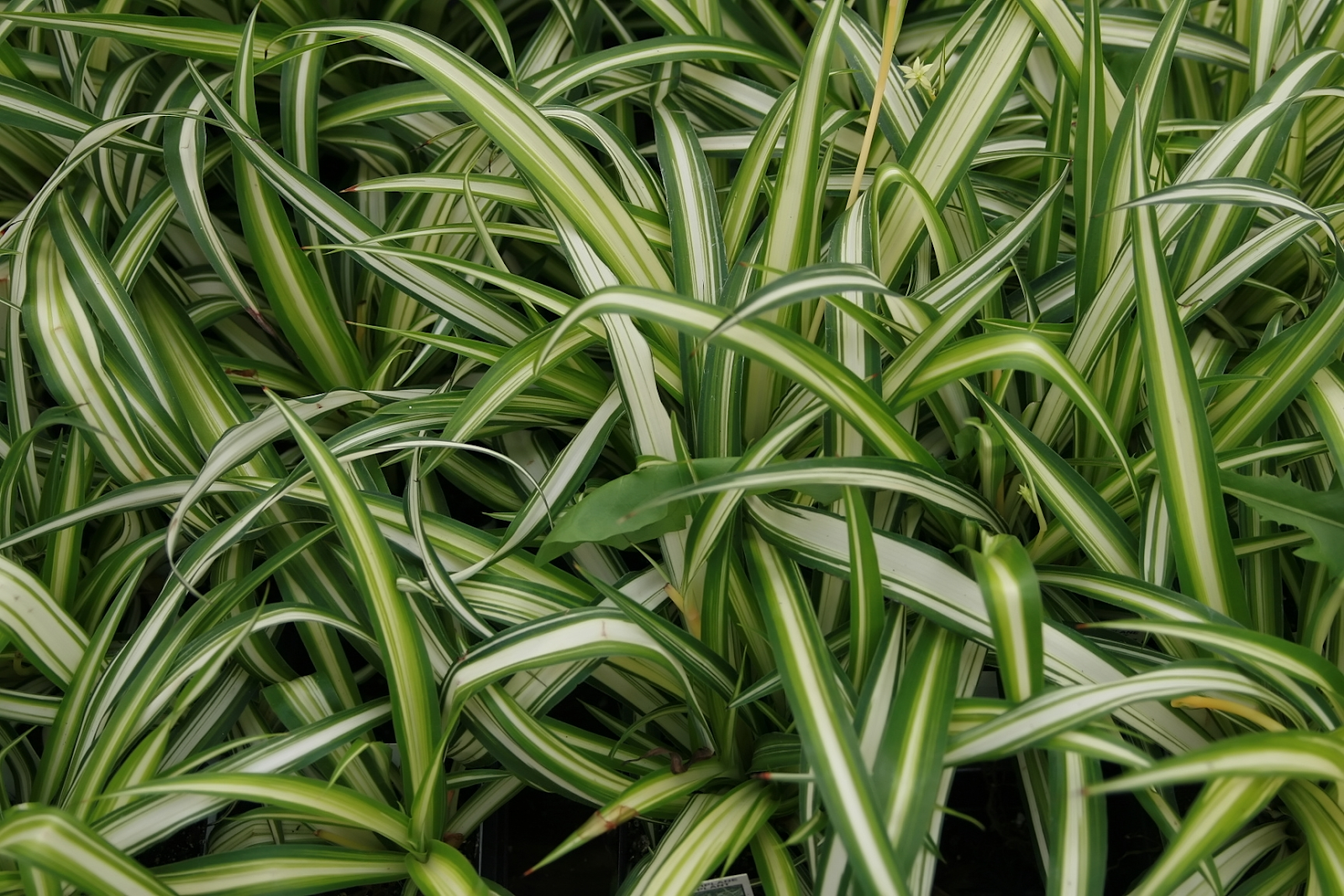
2. Green Or Non-variegated
The solid green version is a rare cultivar that is now hard to find in many nurseries; it is also known as “Shamrock,” “Ocean,” and other names. You might have to purchase it from a spider plant retailer’s website.

3. Curly
The curled variant severely depletes the variegated plant. The leaves resemble those of the variegated spider plant, with the exception of their curled shape. It also has children who are curled. These specific spider plants are rare and challenging to locate. It isn’t the type of spider plant that is often available at the neighboring nurseries.
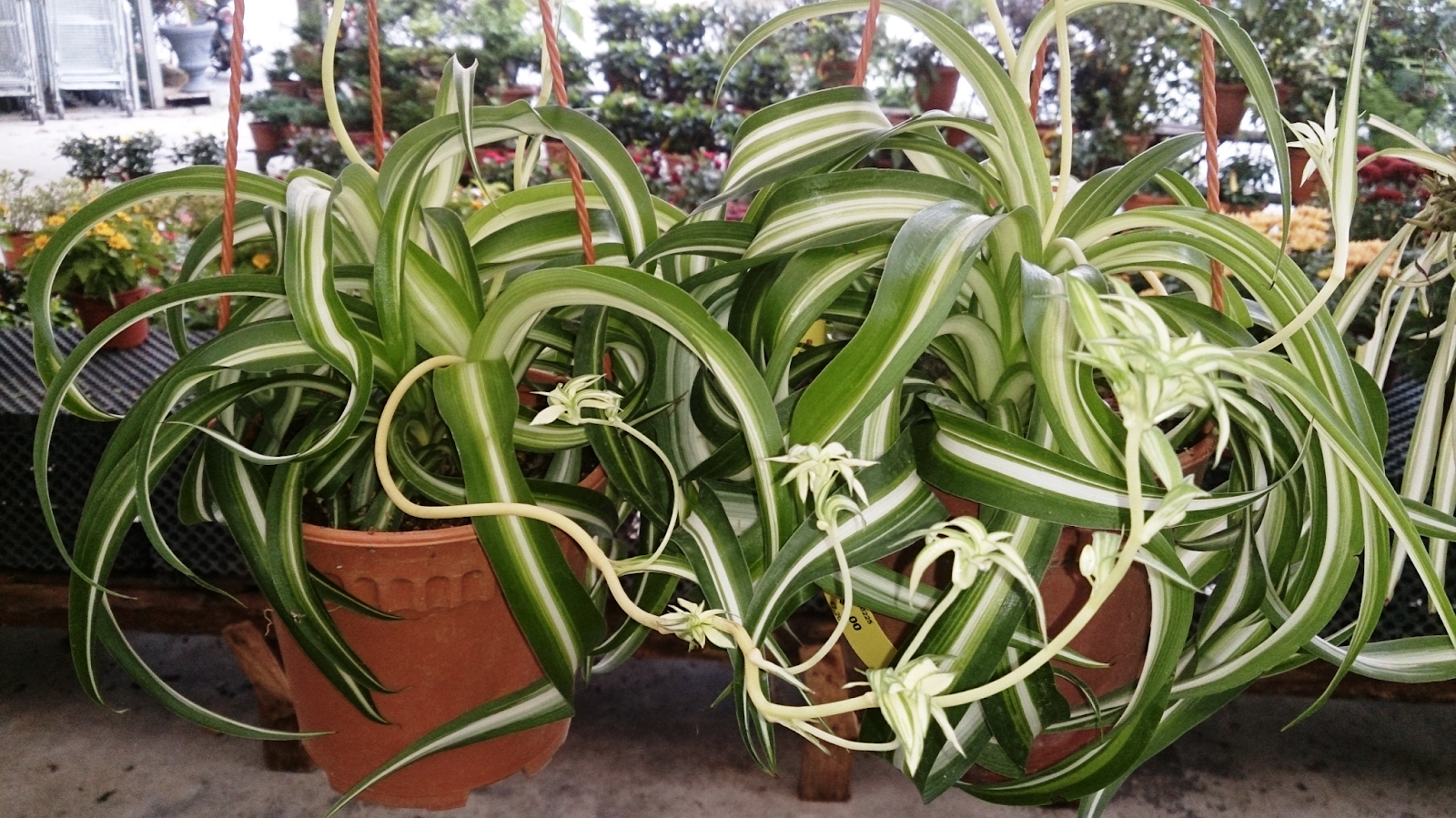
Varieties of Spider Plants
The tropical rainforest of South Africa and other parts of the world is home to about 200 kinds of spider plants. We have only allowed a few of them into our homes, though. So let’s take a look at a few popular spider plant kinds.
1. Variegated Spider Plant
The Chlorophytum comosum vittatum kind of perennial, evergreen spider plant is the most prevalent. This spider plant has slightly curved leaves with broad, medium-green, and creamy stripes running vertically. It can grow up to one to two feet in length and width.
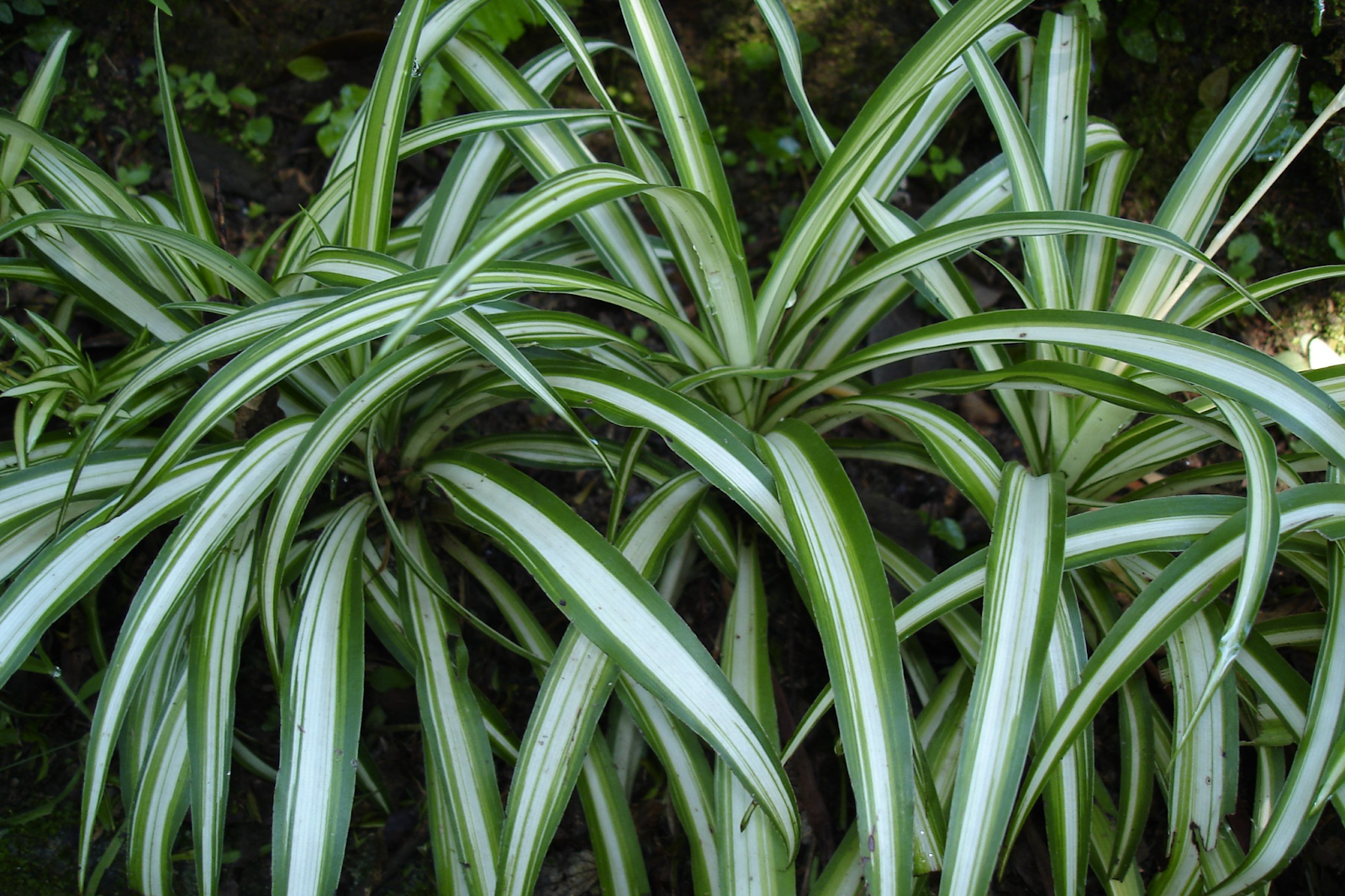
Grow this attractive hanging Spider Plant in a well-draining soil, soft shade, and tolerance to drought. Your very own spider plant can quickly wilt and turn yellow if you overwater it.
2. Reverse Spider Plant Or Airplane Plant
The reverse spider plant is also known as Chlorophytum comosum “reverse variegatum.” The contour and center of the leaves are diametrically opposed to those of the variegated leaves, as suggested by the plant’s name. The leaves have a lovely yellow border around a forest green center.
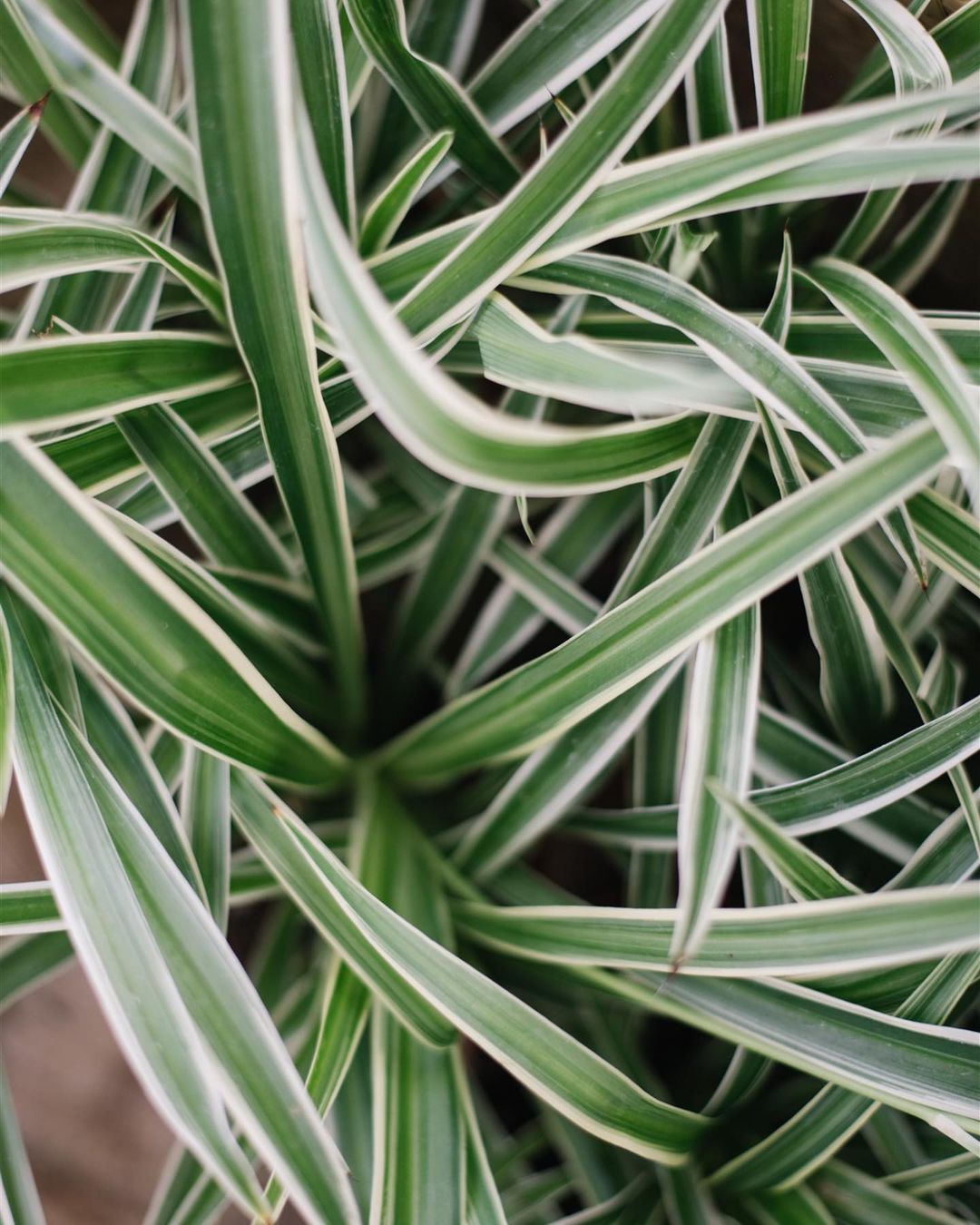
This kind of spider plant is a terrific way to add variation to your environment because it can get fairly large. This is the fundamental justification for their acceptance among gardeners.
3. Zebra Spider Plant
Except for how much lighter the shape of its leaves is, the zebra plant resembles the reverse variegatum more. This particular spider plant does not get as tall compared to other species. It instead becomes wider. Finding this kind in any local nurseries may be tricky. Alternatively, you might need to look up where to find one online. It is rare because it is unique.
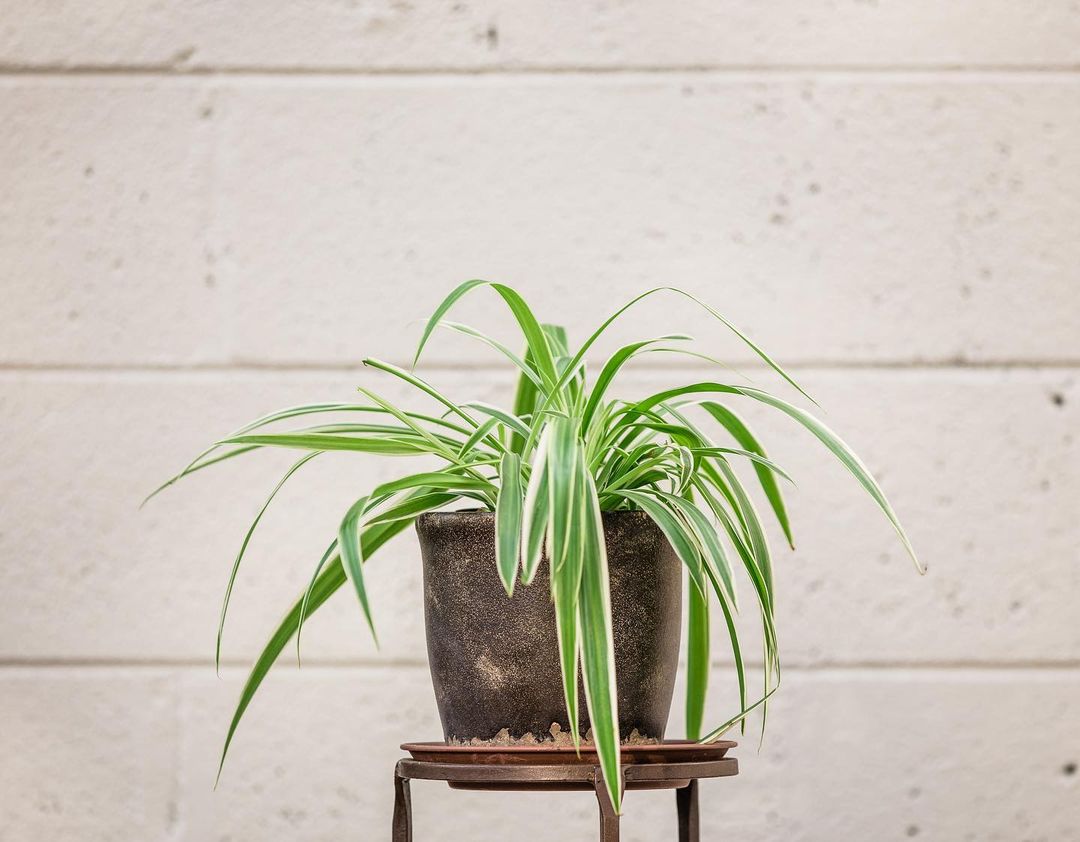
4. Bonnie Spider Plant
On our list, the bonnie plant, which unfurls curled leaves and produces progeny, is ranked fourth. Both the bonnie spider plant and the variegated spider plant feature curly leaves, which makes them comparable. The bonnie spider plant can be quite pricey because to its long, curled, and brighter leaves.
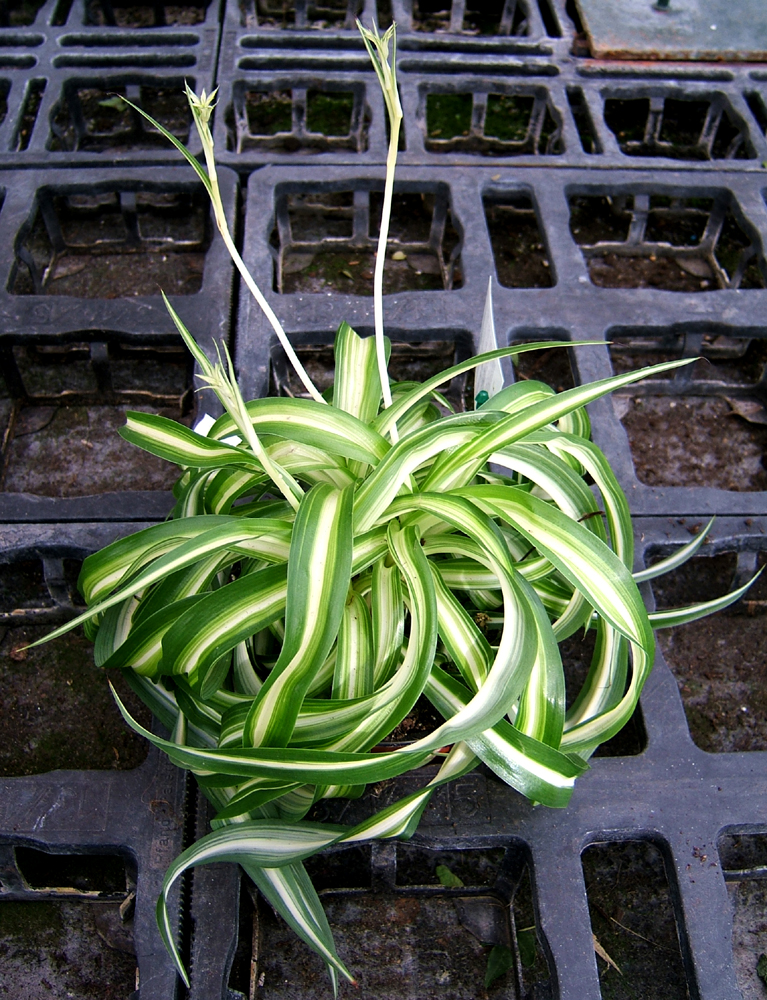
The majority of individuals think it’s appropriate for little balconies and compact spaces. The most amazing part of it all is the gorgeous yellow blossoms, which give your room an amazing appearance. Be warned that this variety of spider plant is less prevalent than other typical varieties. However, as a result of its scarcity, people have begun to use bonnie plant cuttings.
5. Hawaiian Spider Plant
With its glossy green foliage, the gorgeous Hawaiian spider plant known as the Golden Glow can bring color to your room. This type is small and won’t take up much space. The Hawaiian spider plant grows best in moderate shade and prefers moist, well-draining soil. However, adequate lighting is needed. It needs to be created at a rate that will enable it to grow between 6 and 12 inches long.

6. Bracket Plant
The bracket plant is another name for Chlorophytum capense, a member of the spider plant family. This species differs from the others since it doesn’t generate hanging offspring and has solid green leaves with a white edge. It’s possible that the flowers resemble those of other species. The Chlorophytum capense blooms, on the other hand, grow straight up instead of drooping.

7. Chlorophytum Bichetii
Chlorophytum bichetii is a species of chlorophytum that doesn’t bloom. These don’t produce any spiderette offspring. It can therefore be used as a ground cover as opposed to only a hanging plant. This type requires exactly the same level of attention as the others.
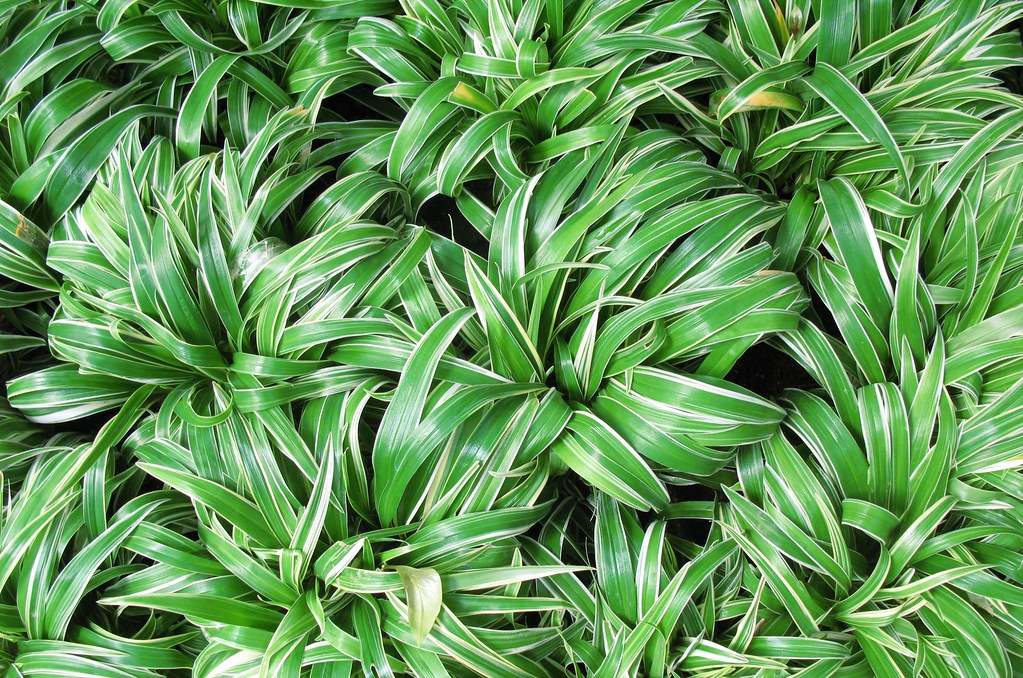
The first thing you notice about this specific spider plant type is its green, arching leaves. It almost exactly resembles the variegatum spider plant. The leaves are smaller than those of the variegatum plant, though. The leaves have a light green color with white or cream borders. Its smooth, velvety leaf surface bears white blooms, like the majority of spider plant varieties.
8. Variegated Bonnie Spider Plant
Its botanical name is Chlorophytum comosum‘ Bonnie Variegated. This plant has a spider-like appearance. It has distinctively lovely leaves that rotate in succession. The green leaves of this plant, which have creamy white borders, have a purifying effect on the atmosphere. Bonnie is between 8 and 18 inches tall.
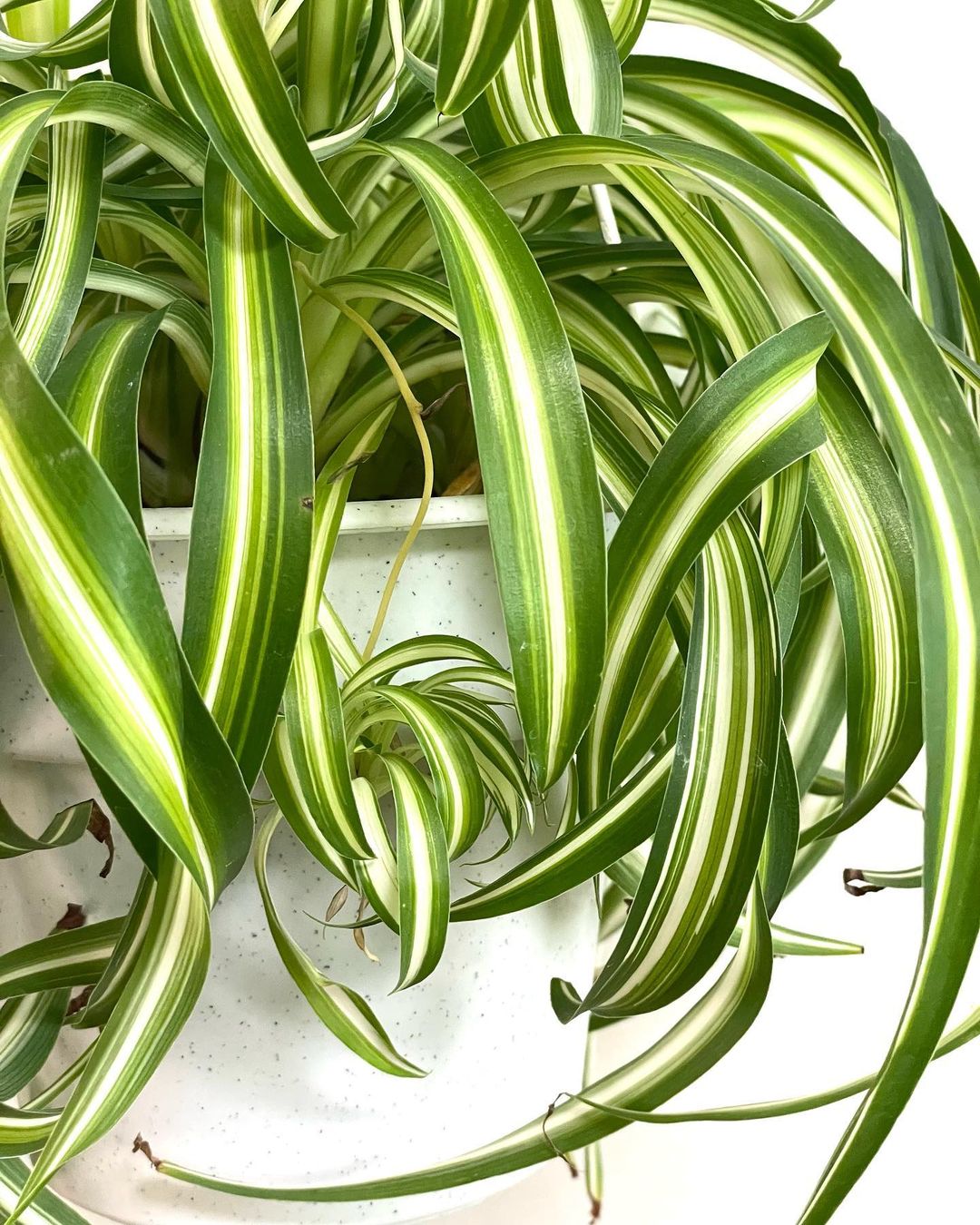
When dry, all it requires is water, and it prefers direct, strong, or artificial light. It looks fantastic in a hanging basket. The variegated Bonnie spider plant is the ideal houseplant for your living space because of its arched green foliage and creamy white edges. Additionally, it is a great choice for hanging baskets.
9. Ocean Spider Plant
This diminutive variety has green leaves with delicate cream-white borders, long runners that sprout new plants, and white blooms in the form of stars. It is a stunning indoor plant with draping leaves. It features leaves with a green center and a border of creamy white.
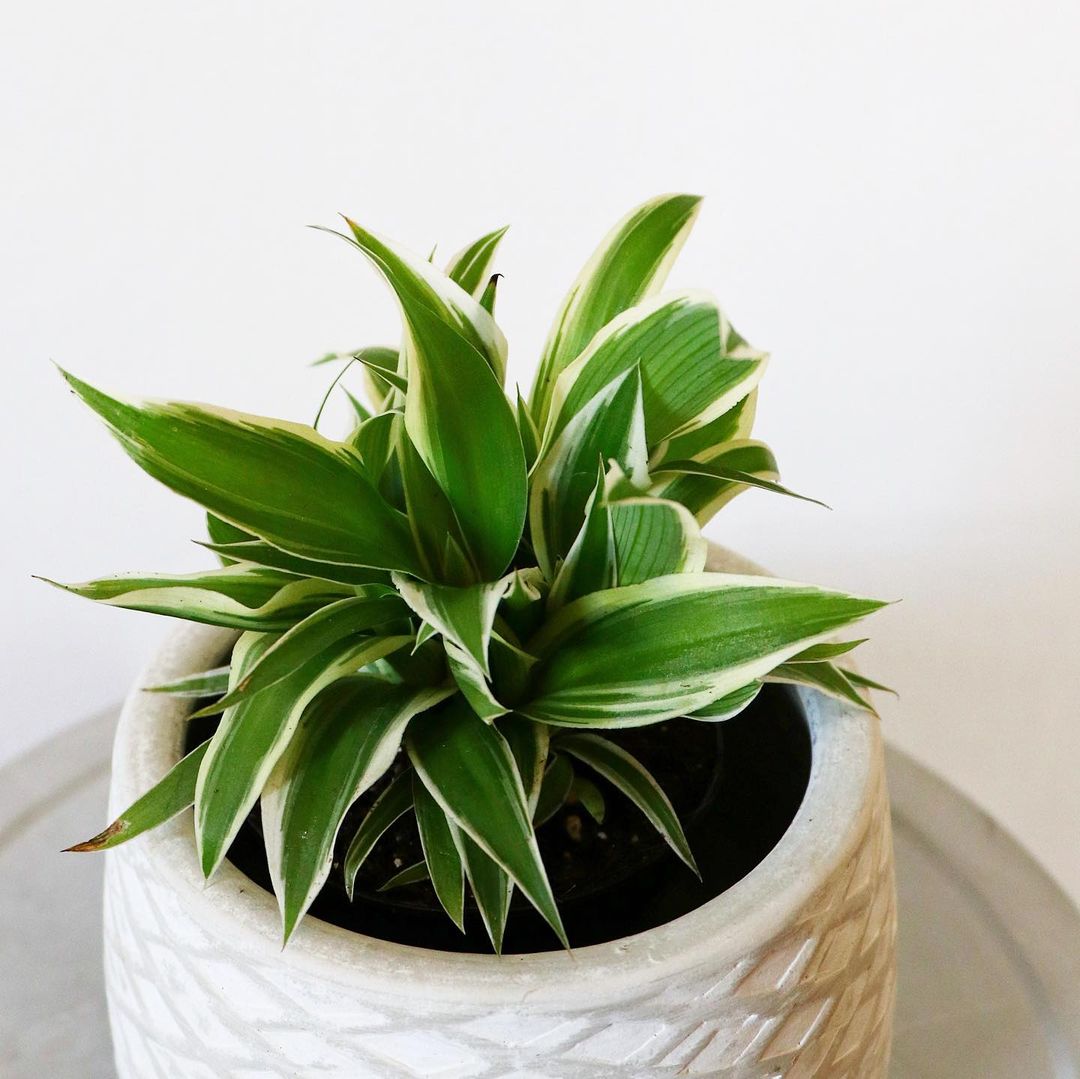
White, small blooms are also produced by the plant. A runner is the name for the ocean plant’s long, slender stem. The mature height and width of this plant are around 18 inches and 12 inches, respectively. It requires moderate watering, direct light, and adequate drainage. It looks fantastic in a hanging basket.
10. Fire Flash
The “Green Orange Plant” is another name for it. In the summer, it has tiny white blooms, bright orange stems, and broad green foliage. This plant is also known as fire glory and Sierra Leone lily. It is both beautiful and evergreen. The plant has broad, healthy-looking leaves that have a glossy green color. The ovate-lanceolate leaves have a pointed shape.
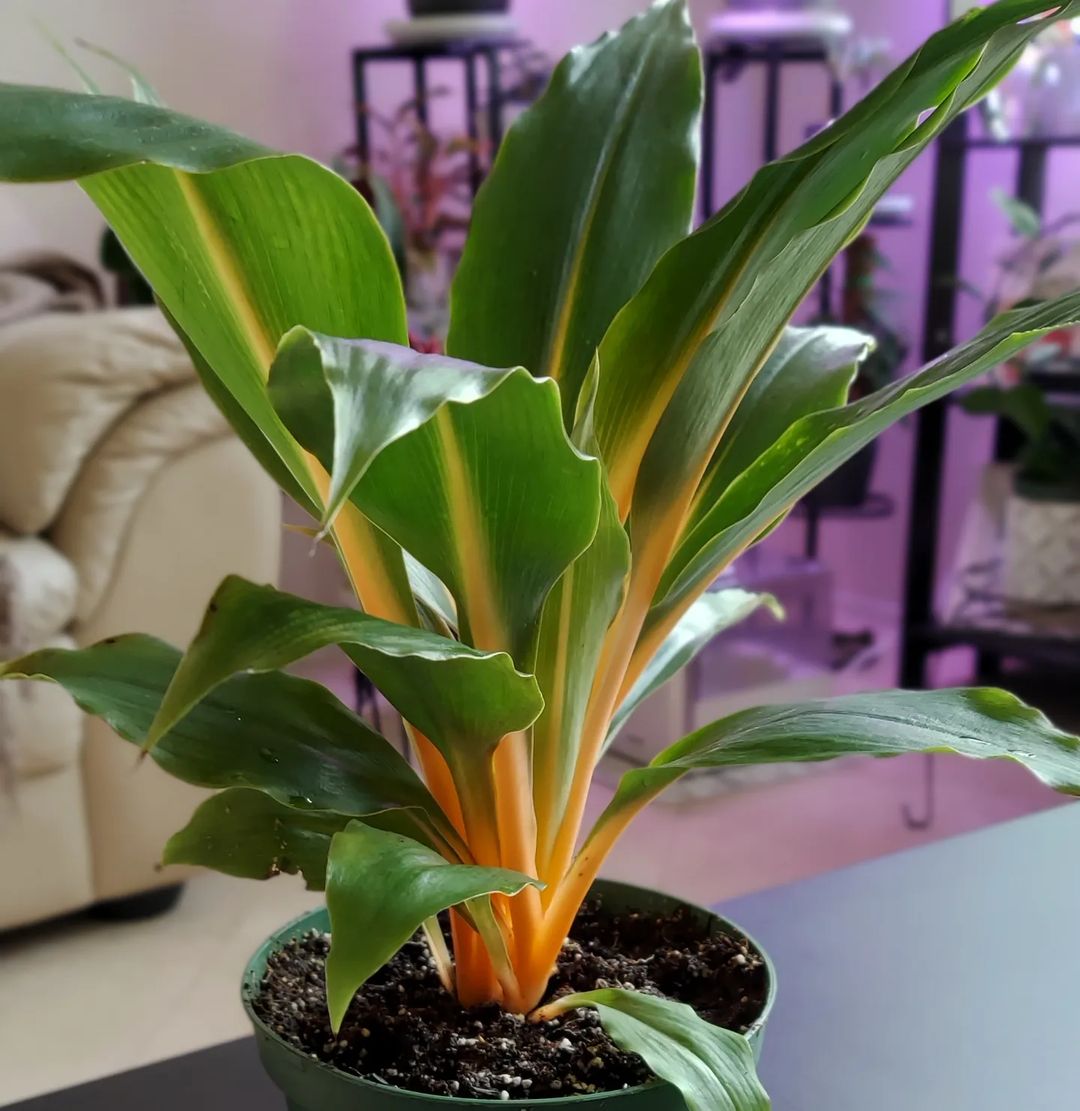
The Fire Flash Spider Plant can grow up to 2 feet tall and spread out 1 to 2 feet wide. This attractive plant grows best with minimal maintenance. It needs wet soil, a modest amount of shade, and regular irrigation.
11. Purple Spider Plant
It also goes by the name Cleome hassleriana. This yearly plant spreads widely. Green leaves on this shrub have a scented palmate form. It also produces rich violet blossoms with a sweet scent. They are also known as “purple spider blossoms” plants, and they can grow to a length of 3 to 4 feet.
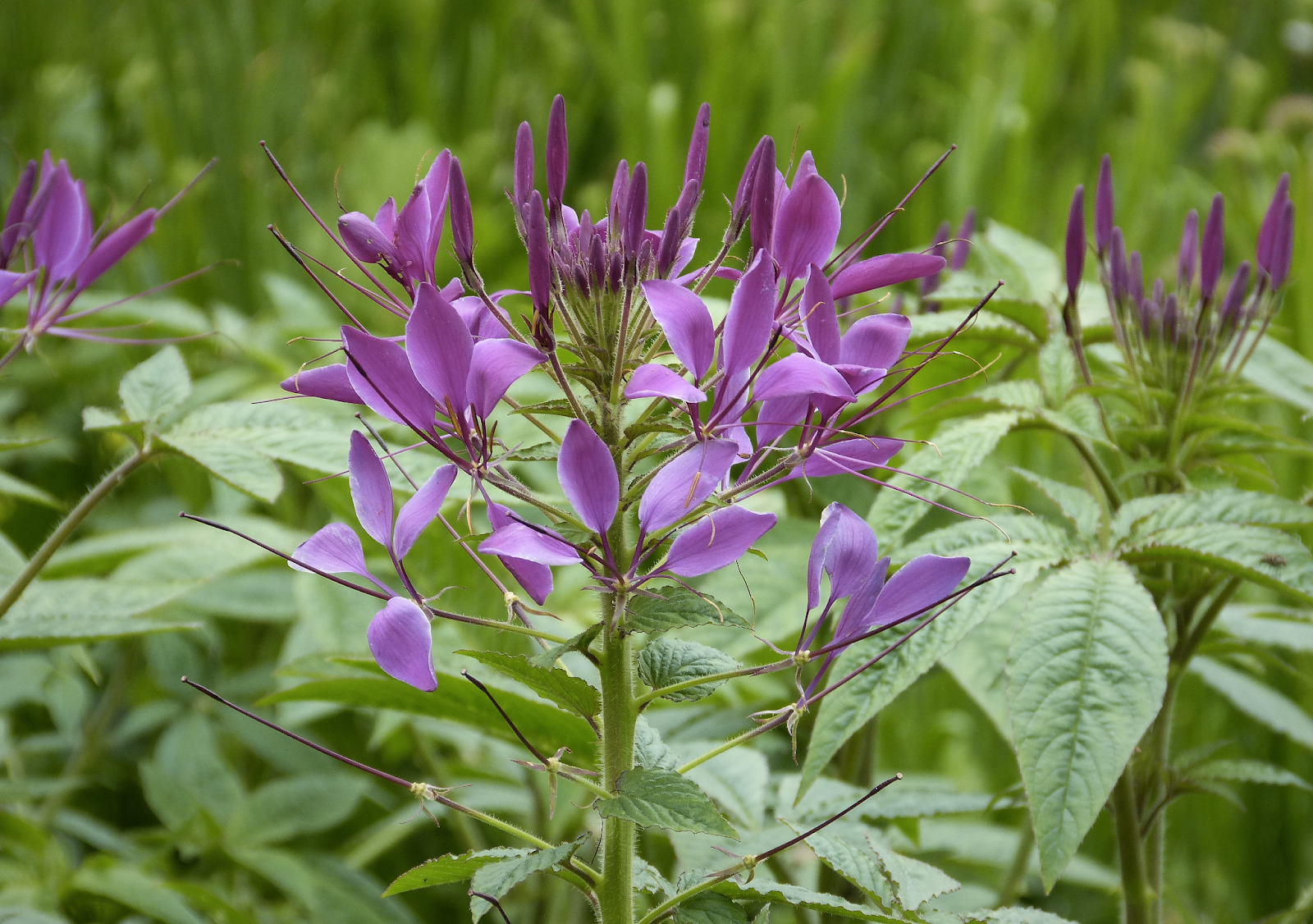
This plant needs full sunlight, well-drained soil, and moderate watering. This shrub looks particularly seductive in the cooler months thanks to its gorgeous blossoms.
12. Green Spider Plant
It’s unusual to see this variety of spider plants. The foliage of this plant, which has dark green leaves devoid of any creamy or light yellow lines, is amazing. However, they don’t show this variety. Commercial production of green spider plants was discontinued after 1970. But if you already have a green spider plant at home, you can multiply it to make it bigger.
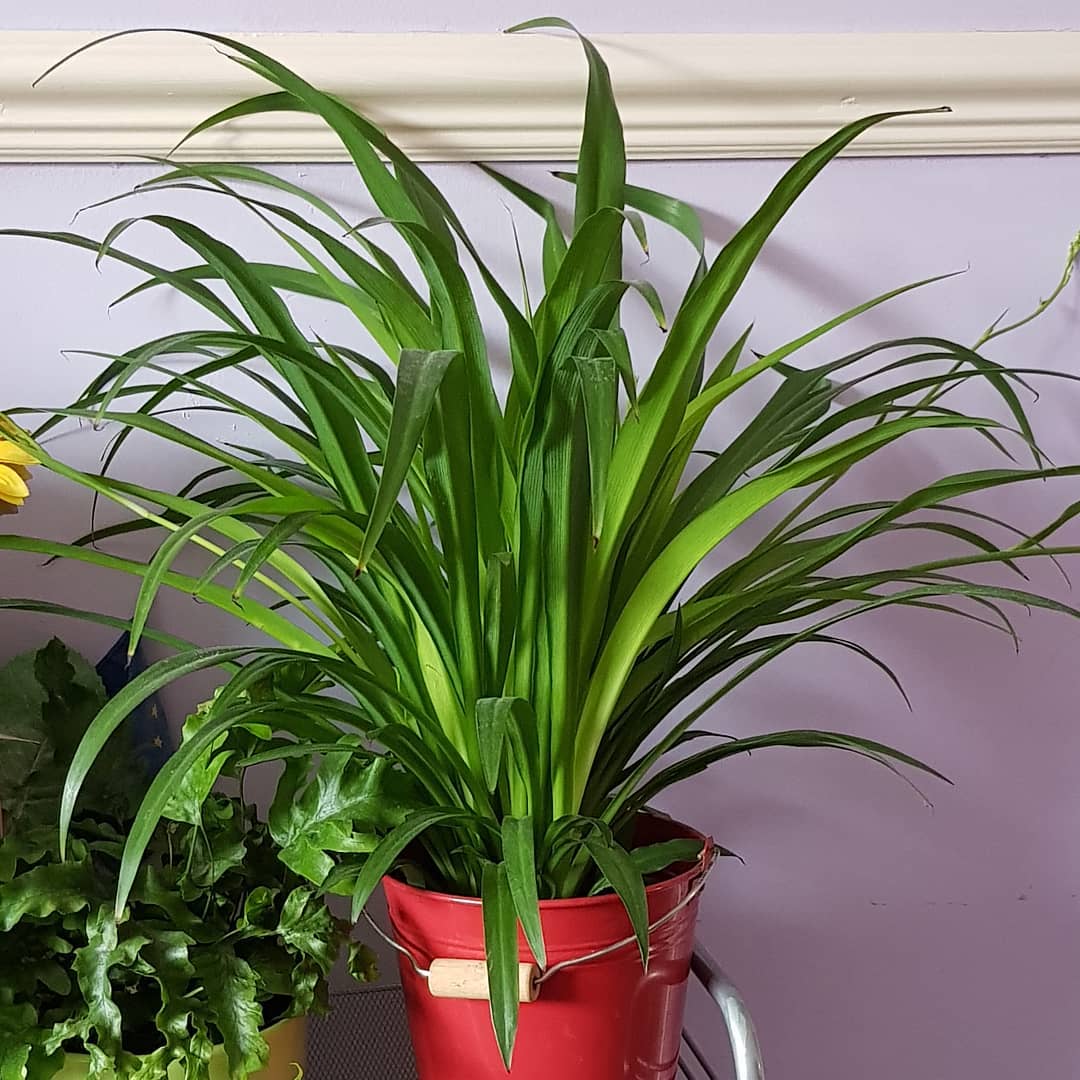
Flowers are another product of this plant. But because they have green leaves, they differ from other plants. If you want a spider plant with just one eye-catching color, go with “green”! Its thick leaves respond best to direct, bright light.
Final Thoughts: Planning To Put Spider Plants In Your Home?
The spider plant comes in many beautiful and eye-catching variants. And they look so alike that it’s almost uncanny. Due to their ability to purify the air, they enhance the house’s beauty and foster a healthy environment. However, the store does not stock all of the kinds. You can get a few typical types at stores. Additionally, they enhance the aesthetic of your home with their lovely foliage.
The cultivar most often found in stores is Chlorophytum comosum’ Vittatum’. It features leaves with a green edge and a white stripe in the center. Due to its ability to cleanse the air, it maintains a clean environment while still looking quite appealing in your home. These include Chlorophytum comosum ‘Variegatum,’ Chlorophytum comosum’ Bonnie,’ and Chlorophytum orchidastrum ‘Orange Spider Plant.’
These plants offer a stunning appearance that transforms your house. They are accessible in stores, simple to cultivate, and you can even get them online. It is definitely simple to maintain these plants in homes or offices.
We hope you learned something from this article, here are other articles that you can learn from:
9 Stunning Rare Philodendrons; With Tips To Help Them Thrive
Syngonium Variegata: The Best and Complete Care, Propagation, and Watering Guide
Philodendron Erubescens: The Best Care, Propagation, and Watering Guide







